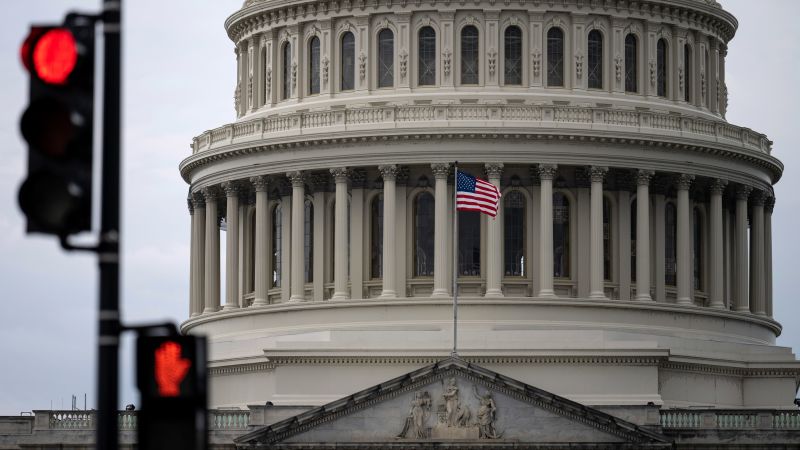The House voted Thursday to pass a critical defense policy bill known as the National Defense Authorization Act, which sets the policy agenda and authorizes funding for the Department of Defense annually.
The bill will next be sent to President Joe Biden to be signed into law. The Senate passed the bill Wednesday. The House vote was 310 to 118 with 73 Republicans and 45 Democrats opposing the bill.
The final negotiated version of the NDAA for fiscal year 2024 authorizes $886 billion in national defense funding, an increase of $28 billion over last year.
The sweeping legislation authorizes a 5.2% pay raise for members of the military – the largest raise for service members in more than two decades – as part of a wide range of provisions related to service member pay and benefits, housing and childcare.
In a move that sparked anger from some lawmakers, the bill will also include a short-term extension of a controversial law that permits warrantless surveillance of foreign nationals. Supporters argue it is a critical tool for safeguarding national security, but it has come under criticism from some lawmakers over alleged misuse.



The US could halve medical spending per capita, use all the money saved to increase defense spending, and still have a better healthcare system with better health outcomes.
It’s a false dichotomy to suggest that the US has to choose between more defense spending or better healthcare/education. Better healthcare costs a lot less in much of the developed world.
To give you an idea, the US spends THREE times as much on healthcare per capita as South Korea. You vastly outspend Switzerland and Norway, and they’re significantly richer than Americans, with very high wages. Their per capita GDP is up to 25% higher than that of the US.
I did the maths, and if the US spent the same as South Korea does on healthcare, America would save roughly 2.4 trillion dollars. In other words, the US could double its military spending, and still have more than enough to offer every American better healthcare and better education.